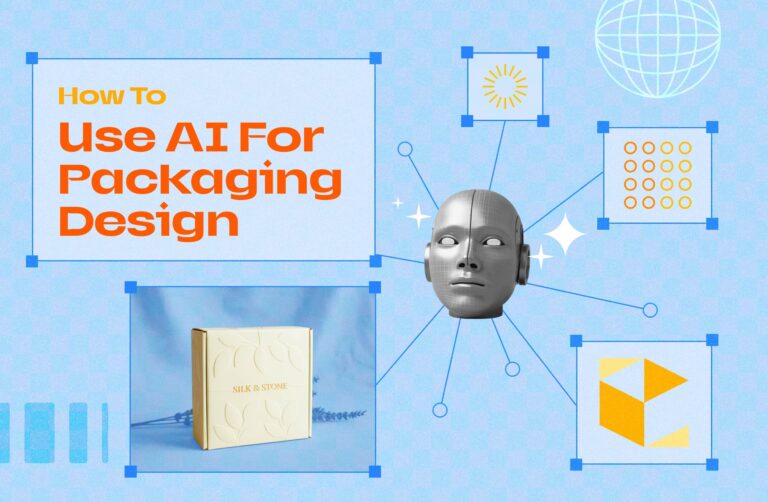With an increasing emphasis on sustainability, many companies and consumers are looking for ways to reduce environmental impact.
There are endless methods to achieve this and many factors to consider, so starting this process may be daunting. But an excellent place to begin is by first looking at your packaging.
All products come in some sort of package.
Whether packages come in plastic, paper, or cardboard, all materials have an environmental impact.
To help determine this impact and allow companies to make informed decisions on increasing their sustainability, performing a life-cycle assessment of your packaging is essential.
What is a Life Cycle Assessment?
A life cycle assessment (LCA) identifies possible sources of environmental impact through a product or package’s life, quantifies how impactful these sources are, and assesses possible improvements.
An LCA examines all aspects of a product or package’s life cycle, from production to disposal.

In the case of packaging, an LCA takes into account the following:
- The supply of raw materials for all packaging components
- Production and use of the package from the factory to the consumer
- Disposal of the package
With the above in mind, you can now start a life cycle assessment of your package.
The Four Phases of an LCA
To begin a life cycle assessment for packaging, we must split the process into four main phases.
Phase One: Goals and Scope
The first phase is to define your goals clearly.
Determine which processes to include, the environmental concerns to address, and any technical issues that may arise.
Plot out a complete map of your package’s life cycle from beginning to end and determine how to communicate these results internally and externally.
Phase Two: Life Cycle Inventory
Once you set your goals and scope, you can delve into the inventory phase or LCI.
This is the information-gathering phase, where you will determine your package’s environmental inputs and outputs.
In this phase, data such as materials, energy, chemicals, air emissions, water emissions and solid waste are retrieved for all aspects of your packaging.
Phase Three: Impact Assessment
In the assessment phase, data collected from the LCI will be compared and measured in separate categories to determine your package’s environmental impact and sustainability.
Categories for this assessment include a package’s effect on issues such as global warming, ozone depletion, pollution, acidification, natural resource usage and impact, and toxicity to humans and the environment.
Phase Four: Interpretation and Improvement
Finally, with the data gathered and the impact assessed, you analyze your findings in this phase.
Determine which areas require improvements and devise a clear plan of action to reduce the impact of your package.
LCA Case Study – Corrugated Box
To better understand how a life cycle assessment works, let’s look at the environmental impact of a corrugated box.

In 2014 the National Council for Air and Stream Improvement was commissioned to perform an LCA for the sustainability progress of the average U.S. corrugated product from 2006 to 2014.
They tracked the environmental impact of the box through its entire life cycle and highlighted key improvement points.
In their findings, they discovered that significant improvements in sustainability occurred due to the following:
- An increased recovery rate of recycled fibers led to reduced emissions from landfills.
- Increased efficiencies in mill energy systems, leading to reduced greenhouse gas emissions and reliance on fossil fuels
- Increased use of low-impact fossil fuels by switching from oil and coal to natural gas
This is just one example of the many life cycle assessments companies perform, but the valuable information gained is clear.
The Challenges
Though a life cycle assessment can significantly assist you in determining areas of improvement within your package’s life cycle, there are some caveats and challenges to remember.
Like most research and assessments, accessing or receiving insufficient data can be a common problem when performing an LCA.
Sometimes, assumptions must be made to find the correct data set, or a competitor might be reluctant to share their data with you.
In these instances, contacting an environmental institute, like the above case study, can help solve these problems.
The Benefits
And if your company spends the time and effort to solve these challenges and adequately performs a life cycle assessment for your package, plenty of benefits will be gained.
Not only can LCAs be used to improve your sustainability, but they can also help focus development, support marketing claims, and improve your corporate image.
LCAs allow for a close and in-depth look at how your package affects the environment, allowing for more informed decisions on improving sustainability and even streamlining processes to reduce costs.
From the beginning of its life to the end, a life cycle assessment of your package will provide you with the big picture that will benefit the environment and your business.




